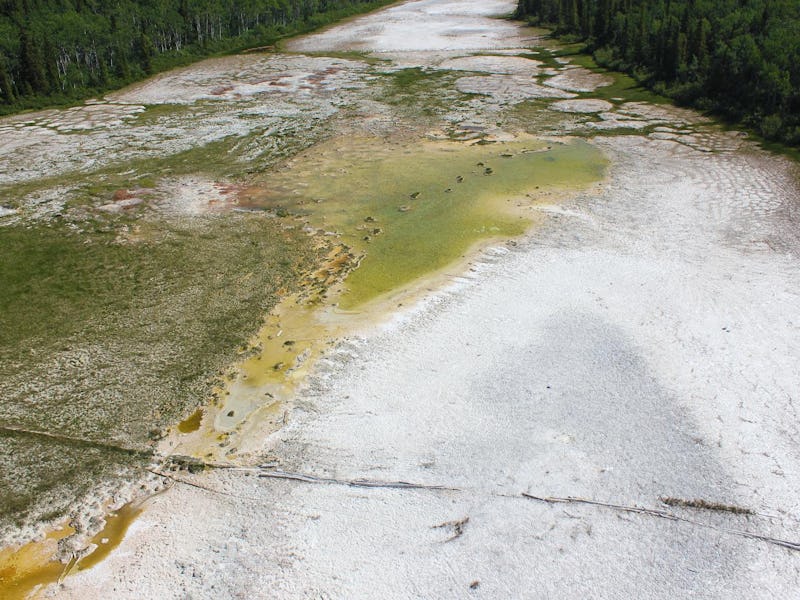Scientists Drastically Sped Up Production of a Mineral That Harvests CO2
We need to do something about all this CO2.

If we’re going to have any hope of reversing the troubling trend of years that get steadily hotter on average, we’re probably going to have to find something to do with all the carbon dioxide we’ve leaked into the atmosphere over the course of several generations of unabashed fossil fuel consumption.
Scientists are already skeptical that we’ll be able to return atmospheric CO2 levels below 400 parts per million, the threshold they crossed perhaps permanently in 2016. That’s up from the low 300s in the mid-1960s, and without intervention, some estimates fear that CO2 concentration could climb as high as 1500 ppm by the time we burn up all our fossil fuels.
To turn the tides, we’ll need more so-called reverse emissions technology which is cable of harvesting and storing enough CO2 from the atmosphere to keep temperature increases below catastrophic levels. Planting trees (lots of them), which consume CO2, will help. There’s also a naturally occurring mineral, magnesite, which captures CO2 as it crystalizes. The only problem with magnesite is it takes a few hundred years to produce, at least until now.
Magnesite is capable of storing CO2 from the atmosphere.
That’s according to some researchers at Trent University in Canada who say they’ve identified another potential tool for CO2 mitigation by speeding up magnesite production. They’re presenting their findings at this week’s 2018 Goldschmidt Conference in Boston.
“[Magnesite formation] is a process which takes hundreds to thousands of years in nature at Earth’s surface,” explained Professor Ian Power in a statement about the findings. “[What] we have done is to demonstrate a pathway which speeds this process up dramatically.”
Just how dramatic? The researchers say that a process that once took hundreds, if not thousands, of years can now take just 72 days. Perhaps just as important, the entire process can take place at room temperature, meaning it’s energy efficient as well. The scientists achieved this by drastically speeding up its crystallization process that usually needs to occur at low temperatures.
Polystyrene microspheres were used to speed the process up, and these microspheres didn’t appear to be altered during the process, creating the hope that they could be used multiple times. The next step will be scaling this process up, which will likely require new advances in carbon sequestration technology.
Even if it’s only in its experimental stages, it’s a new breakthrough in a particularly crucial field. The Intergovernmental Panel on Climate Change recently considered 116 possible paths to reducing atmospheric carbon to between 430 and 480 parts per million. Of those 116 paths, 101 included negative emissions technology.